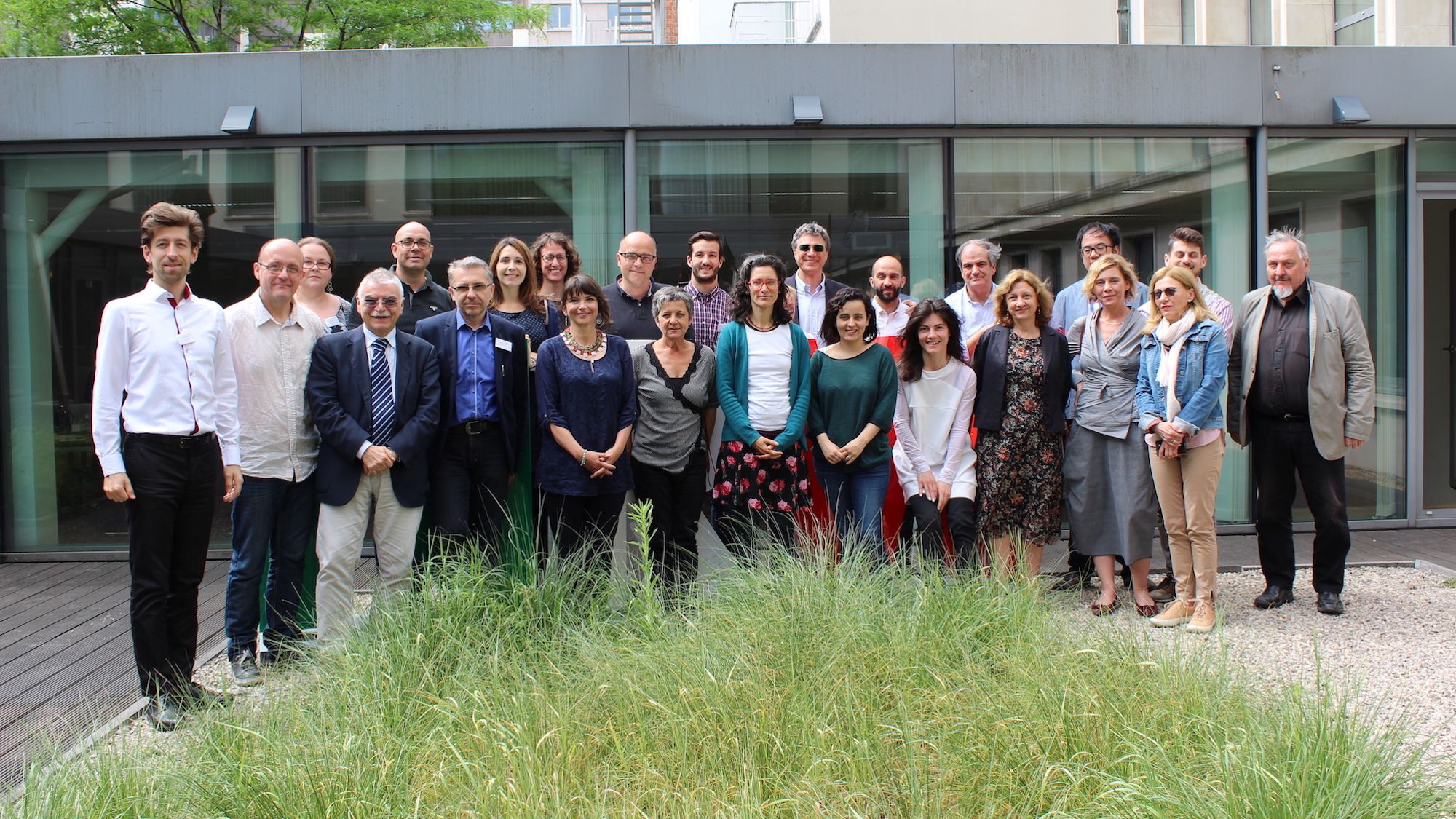Functional Region
In conceptual terms a ‘functional region’ (FR) is defined “as a region organised by functional relations that are maximised within the region (maximisation of intra-regional flows) and minimised across its borders (minimisation of inter-regional flows or interactions) so that the principles of internal cohesiveness and external separation regarding the intensities of spatial flows or interactions are met” (Klapka, Halás & Tonev, 2013: 96). In more concrete terms, the term FR refers to a sub-division of territories that result from the spatial differentiation and organisation of social and economic relations rather than to geographical boundaries and particularities or to historical developments. Although the conceptual bases of the term is heterogeneous across Europe, FRs are, according to the OECD, in most countries defined in terms of labour markets delineated around a given (metropolitan) centre (OECD, 2002; see also EC/OECD, 2015). Thus, a FR can be described as a territorial unit which may be defined as a central place and the surrounding places affected by it defined by business or economic activities. For instance, the principle of commuting conditions, i.e. that of labour mobility, or the size of the population as well as the level of employment is taken as a central element. Functional regions usually show a relatively well-functioning match between labour supply and demand which makes labour mobility towards the exterior not necessary as workers find jobs within their own region’s limits (OECD, 2002). Even though there are some incompatibilities with territorial and/or administrative regions, in most cases FRs do provide the basis for understanding regional disparities, planning and implementing labour market and economic policies (ibid.).
In YOUNG_ADULLLT FRs provide a way to map and examine the linkages and flows that create interdependence and the main advantage involved is to help identify areas with specific problems, such as mismatches between the education, social, and employment sectors, since it is here where policies and young adults meet (OECD, 2014). FRs which are regarded as autonomous units can take different shapes or types and different inner patterns of interaction, since any kind of spatial flow or interaction can organize this region. For example, in the case of a functional urban area the flows or interactions could be oriented towards a single city or a town (e.g. with daily travel-to-work flows). However, a FR could also have multiple cores (e.g. the Oberrhein area with Basel, Strasbourg and Freiburg) and in this case the mapping and analysis regards particularly the relations and interactions between individual cores within one region.
References
EC/OECD (2015). European cities – the EU-OECD functional urban area definition. Available online: http://ec.europa.eu/eurostat/statistics-explained/index.php/European_cities_%E2%80%93_the_EU-OECD_functional_urban_area_definition [retrieved April 29, 2016].
Klapka, P., Halás, M. & Tonev, P. (2013). Functional Regions: Concept and Types. Available online: https://is.muni.cz/do/econ/soubory/katedry/kres/4884317/41725568/12_2013.pdf [retrieved April 29, 2016].
OECD (2002). Redefining Territories. The Functional Regions. Paris: OECD.
OECD (2014). OECD Regional Outlook. Regions and Cities: where policies and people meet. Paris: OECD.
(Marcelo Parreira do Amaral & Hans-Georg Kotthoff)
























